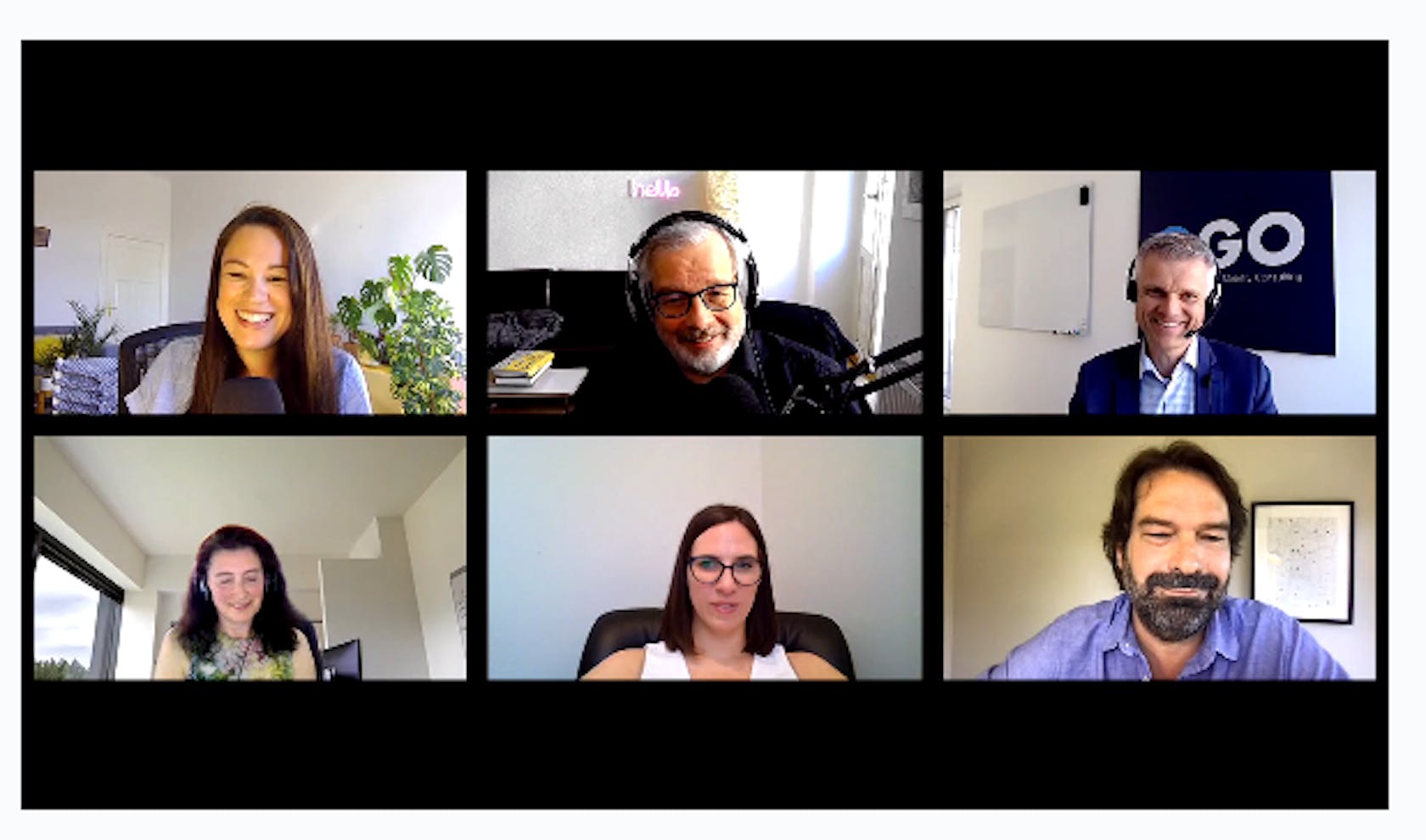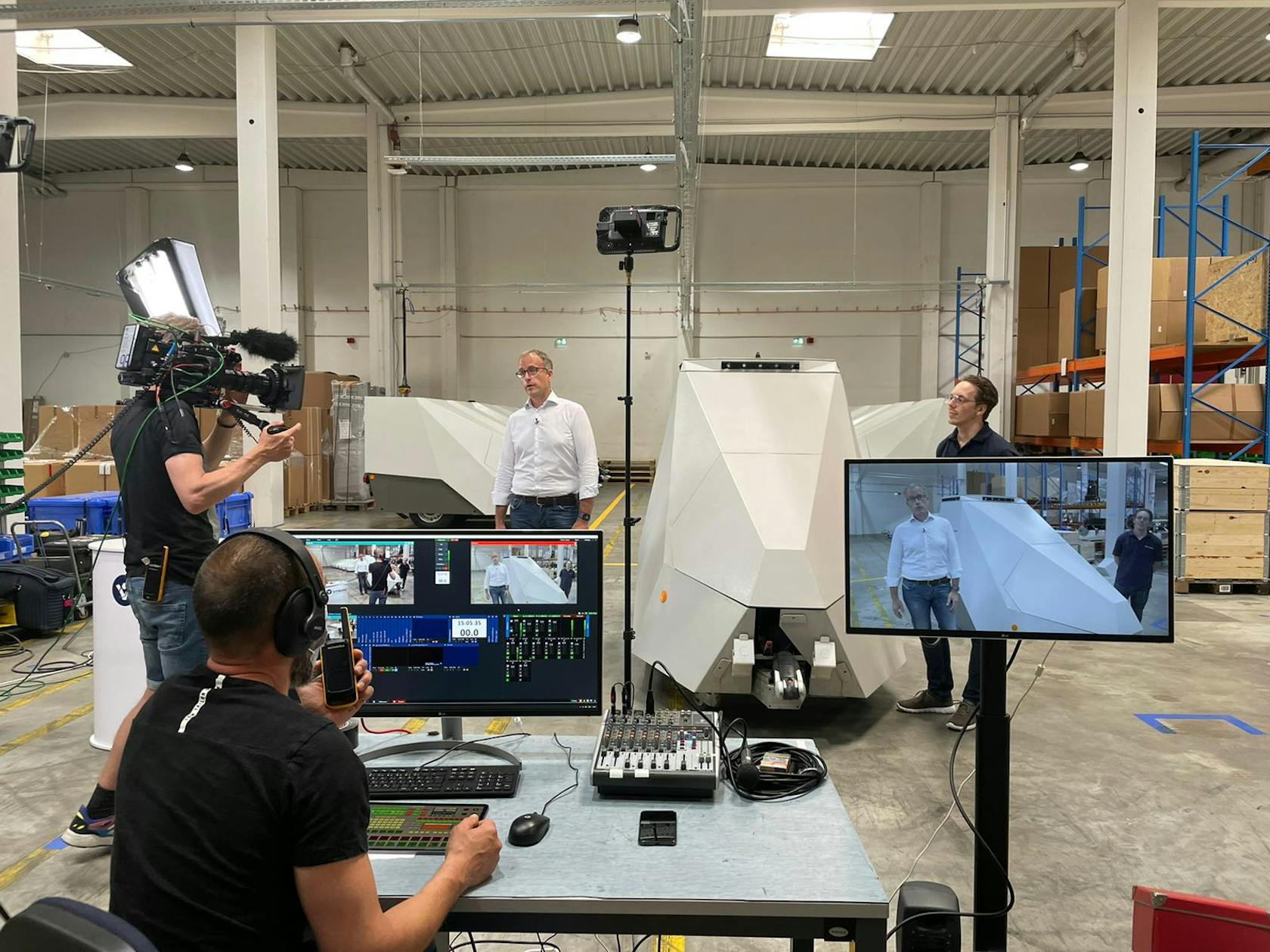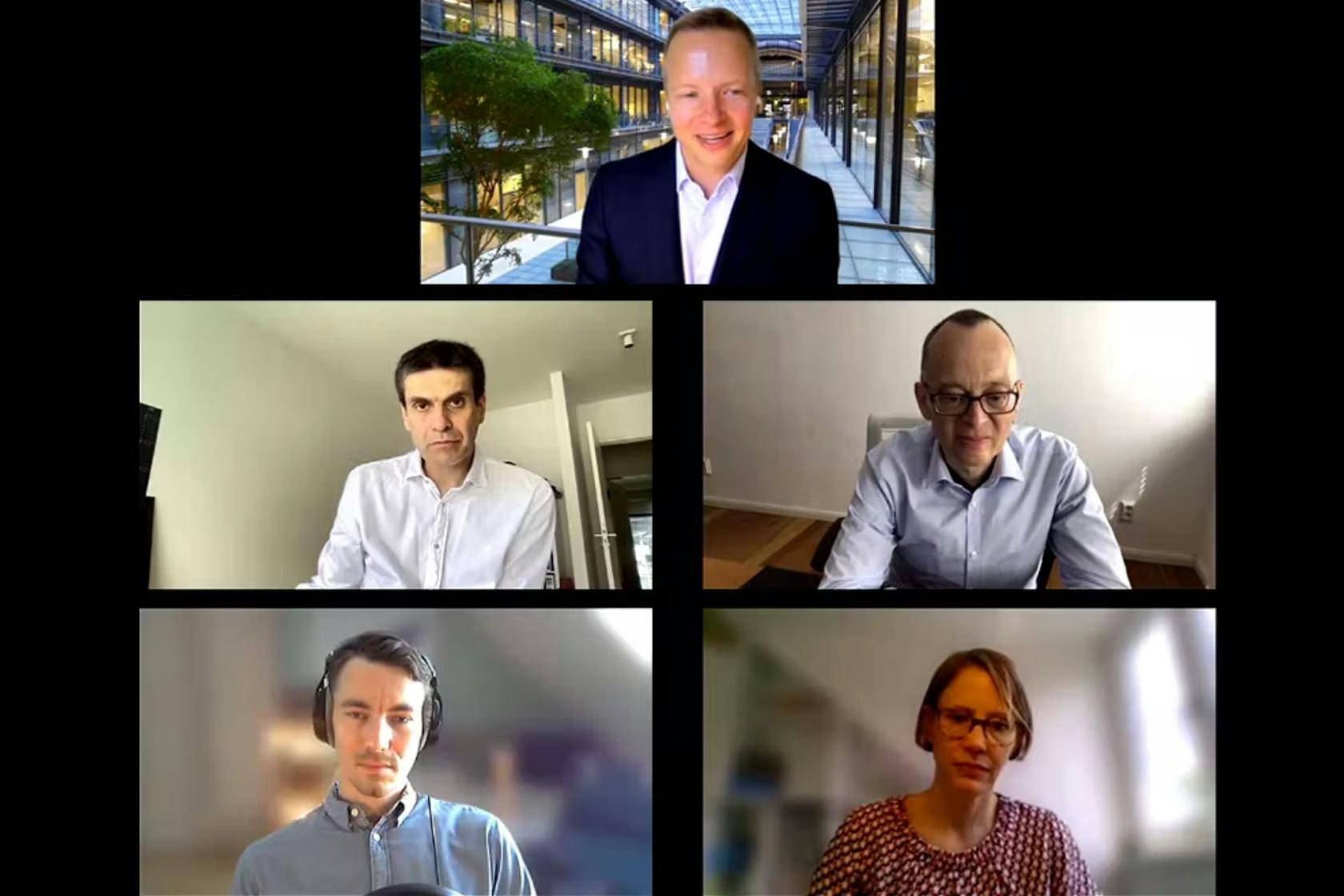Traffic TechnologyVirtual 4-Day Traffic Summit Addresses Challenges of ITS Sector
120 ITS experts from 30 countries joined VITRONIC’s first-ever all-virtual Traffic Summit from 7 till 10 June 2021. Among the top topics discussed in 14 sessions on four days were the changing challenges on mobility concepts, how stakeholders worldwide adapt their strategies, which best practices can be seen and learned from, and how the VITRONIC product portfolio can be applied. The Summit that spanned across a week offered more than 800 minutes of content – presented in short and comprehensive live-streamed sessions. It concluded with a 2h-session on European research projects that showed the future of mobility.
“As a truly global company, we at VITRONIC embraced digital formats early on. With virtual events such as the Traffic Summit, we can be close to our customers, close to our partners, close to our network—and also engage all our 1,000 employees on five continents,” explained Daniel Scholz-Stein, CEO of VITRONIC Group.
Guests from countries such as the USA, Brazil, Rwanda, Poland, the UAE and Thailand attended the event.
25 speakers from 10 countries shared their knowledge
VITRONIC also brought speakers from ten countries onto its virtual stage. Among them traffic specialists from Dubai, Poland, France, Belgium, the Netherlands, the USA, and Germany. They presented inspirational projects in their respective countries and highlighted the triggers and impact of global mobility trends. In one of the first online sessions, the international mobility expert Peter Ummenhofer, Founder of GO Consulting, summarized these trends in a keynote.
“I identified five factors. And all those factors are interlinked to each other,“ Ummenhofer explained on June 7, 2021.
Among the factors are the changed user behavior in new generations, such as trends of green-thinking or lack of vehicle ownership. Ummenhofer also addressed new business models, e.g. Mobility as a Service (MaaS), or new players such as startups in growing global ecosystems. Moreover, the Austria-based expert touched on new emerging technologies like AI and blockchain before giving an outlook on how all these elements are much more integrated, connected, smarter and maybe also easier implemented than legacy systems.
Peter Ummenhofer shared the virtual stage with Don Dahlmann, Senior Editor Automotive & Mobility at Gruenderszene (Germany), Suzanne Hoadley, Senior Manager Traffic Efficiency Coordinator at Polis (Belgium), Marla Westervelt, Director of Policy (USA), Cees van Buchem, CEO at Archimedeans (Netherlands) as well as the technology journalist and founder of the “Mobile Geeks” platform Nicole Scott (Germany/Canada).
Four case studies showed best practice in Europe and the Middle East
In the following days, experts from VITRONIC and selected customers presented example cases and existing traffic solutions that are supporting public clients already in managing these challenges. Together with its French partner Cegelec, VITRONIC, for instance, showcased how the French Department for Automated Traffic Enforcement is applying VITRONIC’s Enforcement Trailer to increase the safety at roadside construction sites. With SWARCO Austria, VITRONIC introduced a new red light enforcement solution at intersections in the State of Lower Austria to reduce accidents involving vulnerable road users (VRU). In these workshops a limited number of selected guests interacted with the presenting speakers intensively via a special chat.
Seven products in the spotlight
For small groups of product experts, VITRONIC organized a special day of product presentation diving deeper into technical requirements. Among them were the Poliscan measuring systems FM1, VITRONIC’s Tollchecker, the Poliscan Housing Solutions, the Enforcement Trailer, the Enforcement Bar, solutions for safer intersections and the Poliscan Software.
The Future of traffic is green and autonomous
From autonomous driving testbeds to new solutions for last-mile delivery and greener cities—the last day of the VITRONIC Traffic Summit brought together academic visionaries from leading universities in France and Germany.
“Climate change is not limited to metropolitan areas,” says Prof. Michael Ortgiese from TU Berlin. He presented five future scenarios—also addressing the status before and after Covid-19—that apply to urban environments. Closing his talk, he also highlighted the need to transfer patterns detected in Real Labs to regions and cities across Germany. In the Smart City of Darmstadt for instance – one of the mid-sized cities Ortgiese was referring to - VITRONIC’s speed cameras take NO2 readings and shows the strong interaction between traffic and environmental impact already.
In Hamburg, a research project is currently focusing on enabling autonomous driving in a complex urban traffic environment. As Prof. Rasmus Rettig from HAW Hamburg pointed out: “Autonomous operation offers significant value in applications beyond the personal vehicle, e.g., street sweepers, garbage trucks, logistics, by reducing personnel costs and maximizing times of operation”.



